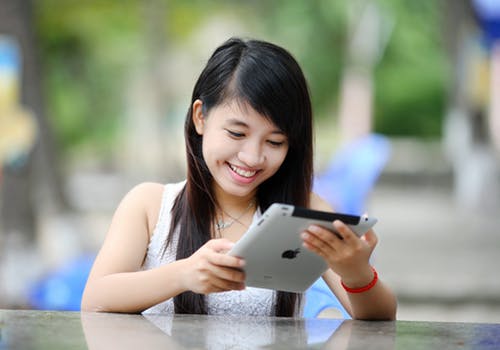The Four Phases of Personalized Learning

Pedagogy is an ever-changing field, and it certainly must be in order to keep up with the changing world around us. The latest, and perhaps most useful, approach to education is Personalized Learning. While there is no one set definition to what this means, it focuses on the necessity of allowing students control over their education, customizing lessons according to students’ strengths, and flexibility on the part of the instructor. Essentially, personalized learning is a way to approach education that best serves each student as individuals and allows them input on how they learn.
There are four key phases to making personalized learning work in each classroom: Flexible Content and Tools, Targeted Instruction, Student Reflection and Ownership, and Data-Driven Decisions. Here, we’ll have a brief look at each of these four key phases.
Flexible Content and Tools
Differentiation is key in the classroom, as teachers well know. It allows for approaching students as individuals with individual needs. However, the difference that is set out in this phase of personalized learning is that differentiation isn’t simply about pacing or modifying materials for lower-level students. Instead, technology and digital content are key tools that support student needs. If used appropriately, this digital content can allow extra practice or extension activities that will allow students to demonstrate knowledge.
Targeted Instruction
Once student needs and abilities are identified, the instructor can create a specific learning goal for the group. Instruction can then be tailored to each student or group to help them achieve said goal. With the goal in mind, backward planning becomes a useful method to ensure that individual learning needs are met and each student will arrive at the targeted goal, even if by different paths of instruction.
Student Reflection and Ownership
A teacher who creates targeted educational goals based on individual student needs would be amiss if they did not also include the student in reflecting upon how – or if – those goals were met. By allowing time within the unit or lesson plan for student reflection, teachers will be able to encourage students to take ownership and pride in their own learning. By teaching accountability to students, educators are encouraging accountability in other aspects of the students’ lives. In that way, students will be able to make meaningful connections and make authentic decisions. Supporting student ownership of their personal education will further encourage critical thinking, analysis, and common sense.
Data-Driven Decisions
As students progress through a class, course, or unit, instructors should be gathering data whenever possible. Meaningful data gathered often and from a wide variety of sources is evidence of a student’s growth. Once this data has been gathered, an instructor is more easily able to revise learning goals and perhaps rethink activities or exams that weren’t quite successful. It is important to note that data not only indicates student learning but also the effectiveness of certain elements of the lesson plan. To encourage the previous phase of student ownership, students should be able to have access to their personal data so that they may review and revise their learning techniques as necessary.
Concluding Thoughts
By learning and implementing these four phases of personalized learning, teachers will surely see a marked improvement in not only their students’ learning, but also in their own effectiveness in the classroom. And while it may sound difficult, implementing these strategies will ensure that all of your students, whatever their skill level, will succeed.






